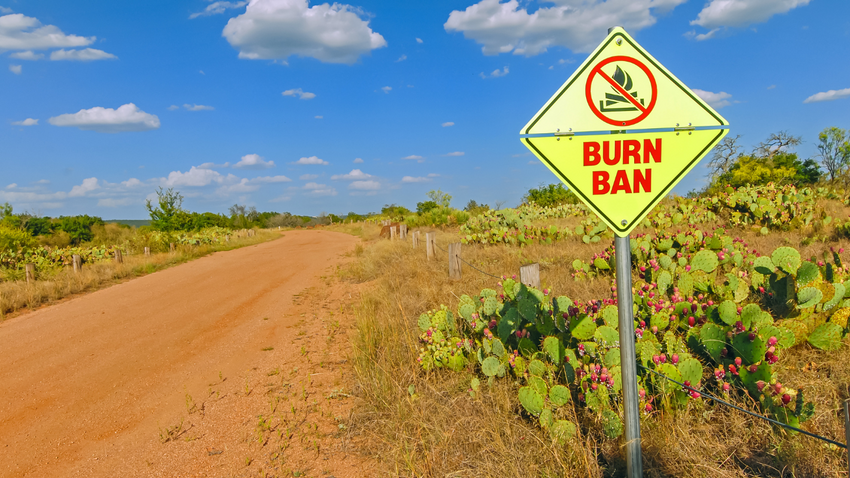11 Items You Shouldn’t Burn in Your Fire Pit
As the weather starts to warm up and you eagerly look forward to lighting your first fire of the season, let’s ensure you and your family stay safe by never burning these 11 hazardous things in your backyard fire pit.
1. Furniture Made From MDF or Particleboard
Old, unused wooden furniture may seem like the ideal (and cheap) fuel source for your summer fire pits. After all, wood is the only material in wooden furniture, right? Well, that isn’t always the case. The problem is that manufacturers learned to cut costs (and maybe a few corners) and build wood furniture from particleboard, most likely medium-density particleboard (MDF). Particleboard isn’t made from wood but from many small pieces of wood glued together with a strong adhesive. Unfortunately, the adhesive is unsafe or suitable for burning and releases some hazardous and potentially toxic chemicals into the air.
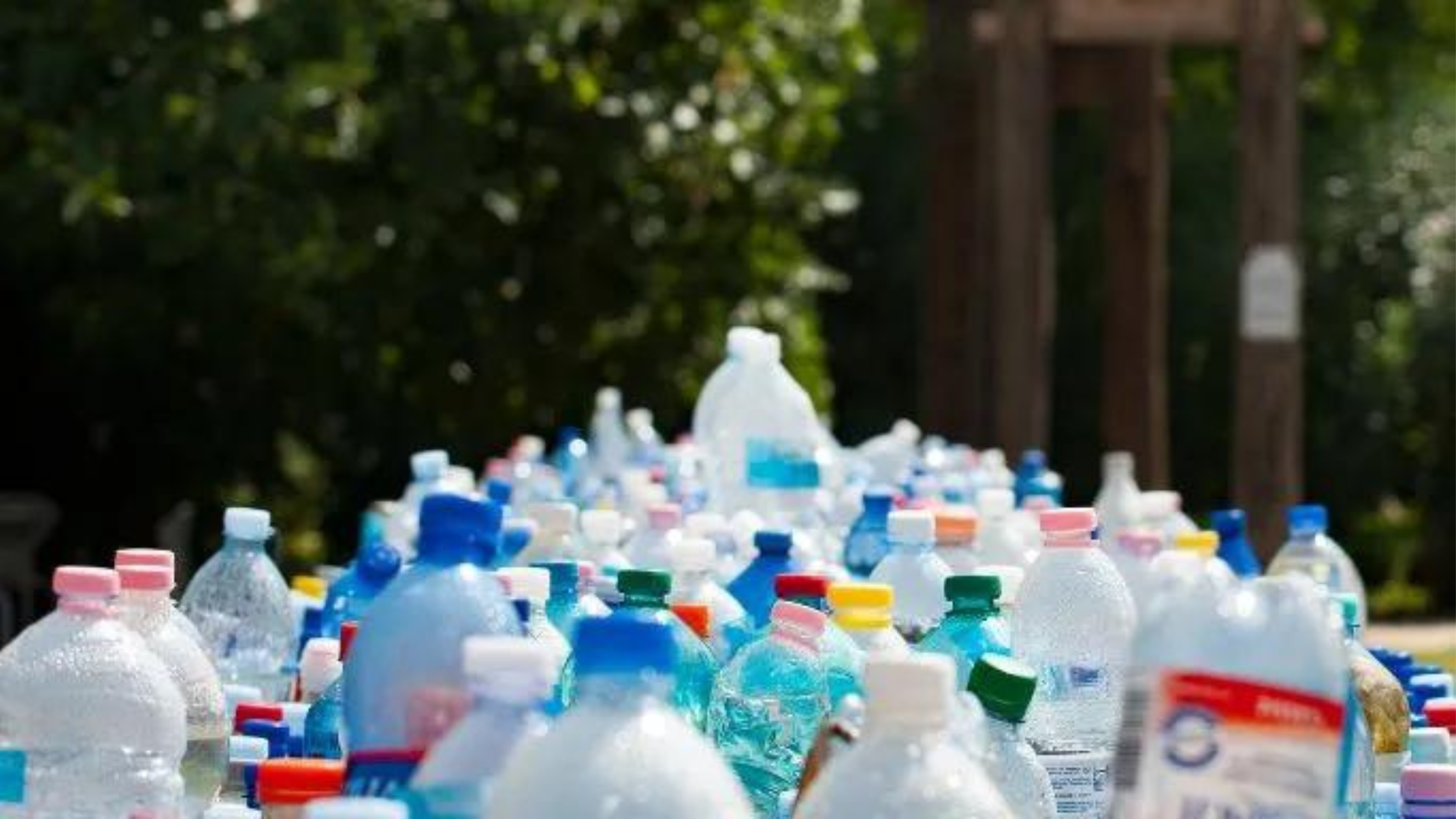
2. Plastic Anything
It is tempting to throw the plastic water bottle or ziplock bag you’re done using into the flame. However, burned plastic releases toxic chemical fumes like furans, dioxins, and styrene gas into the air. As you can guess from those scary-sounding names, those gasses are not great for your lungs or the environment. And if that wasn’t incentive enough, it’s illegal to burn plastic because of its harm to you and our planet. Instead of burning, we recommend recycling your plastic items!
3. Wooden Pallets
Ah, another cheap wood fuel source! Just kidding! Wooden pallets may seem like the perfect fuel for your fire, but they actually aren’t just made from wood. Most manufacturers treat wooden pallets with methyl bromide, a chemical that becomes dangerous and toxic when burned and released into the air. The pallets are usually labeled with the initial (MB), but only sometimes. So unless you know that the wood pallets are not treated with this common chemical, it’s best to avoid burning them.
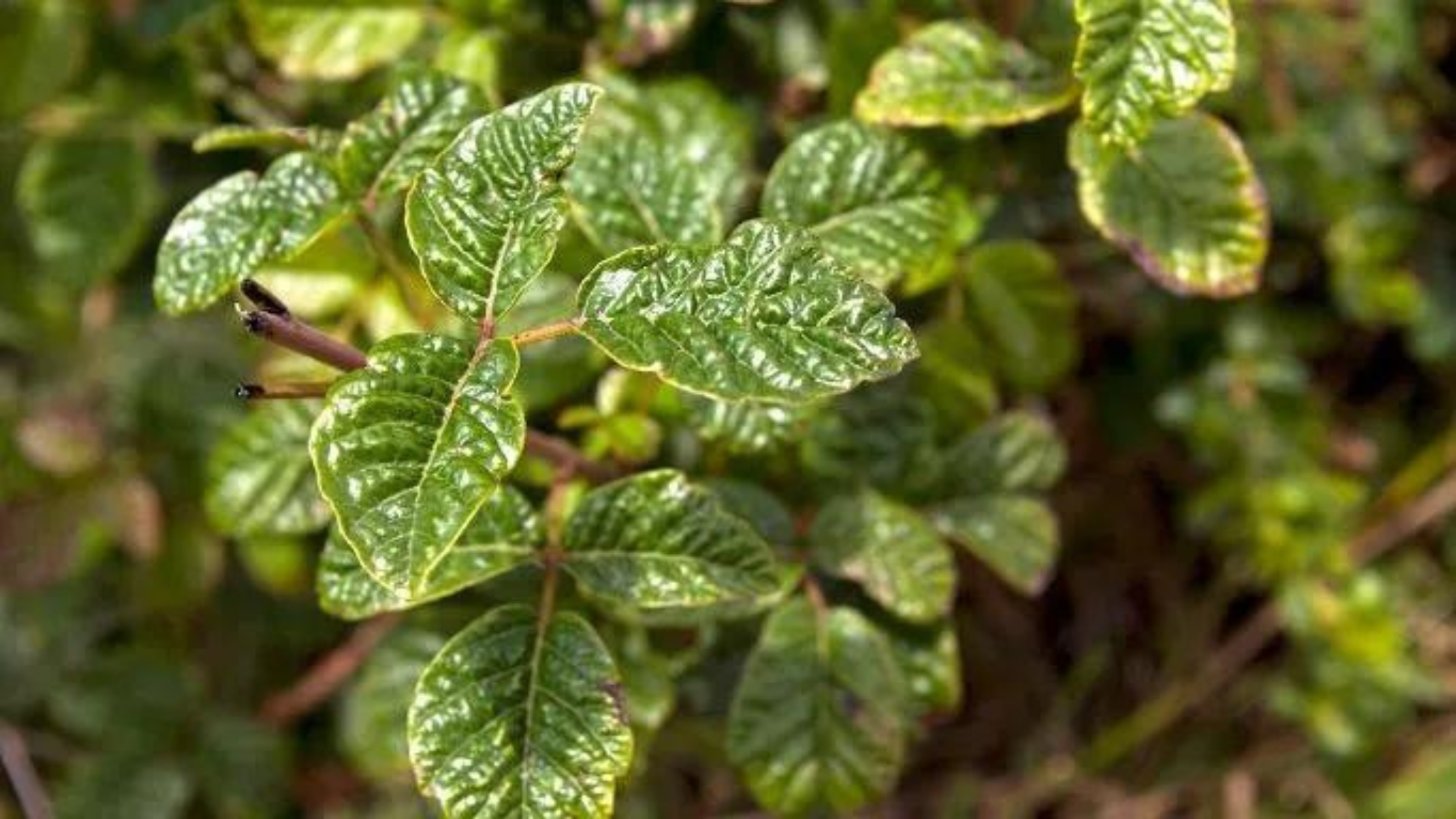
4. Poison Sumac, Poison Ivy, Poison Oak
Yes, the name kind of says it all. However, it is easier than one might think to toss one of these plants in your fire pit accidentally. If you are out in nature building your fire pit, on an unfamiliar property, or even unfamiliar with what is growing in your backyard, be careful what wood you collect from where. Poison ivy vines can wrap around fallen branches and pieces of wood. When the vine loses its leaves in the colder months, it becomes even harder to tell what is poison and what isn’t. While the leaves are gone, rest assured the poisonous oils are still alive and well. Burning the irritant oil in the plants, called urushiol, releases fumes into the air. This can cause lung irritation and severe allergic respiratory problems.
If you’ve ever felt the burning of poison ivy, oak, or sumac on your skin, you know how miserable it is. Now imagine that burning in your lungs!
5. Yard Waste
While it sounds like a convenient way to get rid of your yard waste, it’s best not to burn it. Burning yard waste can trigger allergies and cause a lot of unpleasant smoke, which is also hard on your lungs!
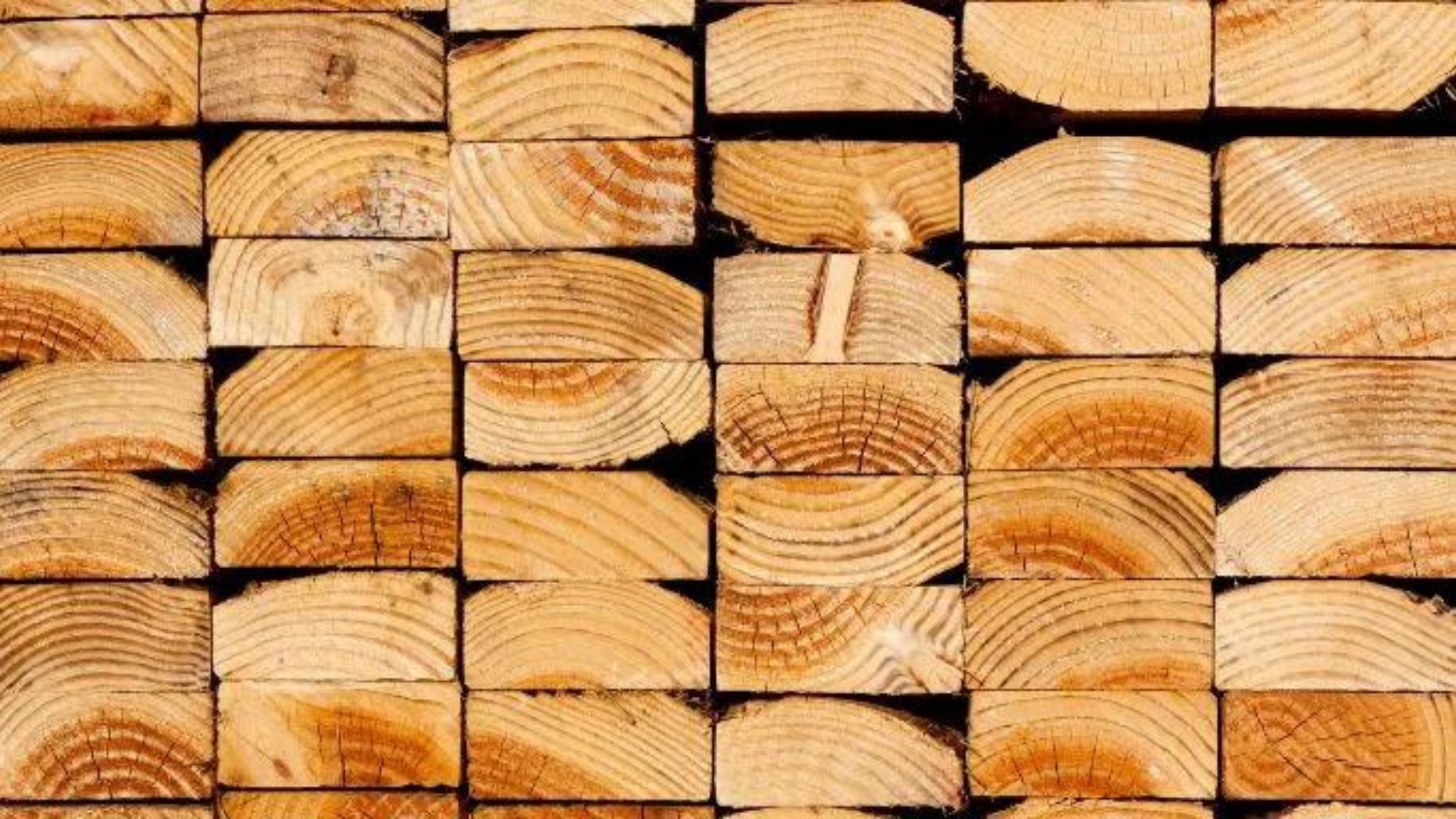
6. Treated Wood
Lumber intended for outdoor construction is usually pressure treated or chemically preserved. Manufacturers do this to prevent rotting or decaying wood in wet conditions. However, burning these treated woods can release chemicals. Older lumber, for example, may even contain arsenic!
Pressure-treated wood is sometimes marked or may have a slightly green tint. However, it is common for this tint to fade over time, so don’t rely on the marker alone. To walk on the safer side of the flame, we recommend avoiding these fuel sources for your fire:
- Deck lumber
- Painted or stained wood
- Old/found lumber
- Railroad ties
- Shipping pallets
- Driftwood (While driftwood is not treated by humankind in a factory, it does get treatment of sorts by the sea! It can release carcinogenic salt compounds when burned.)
If you have untreated plywood or scraps left over from a DIY project, these untreated woods are safe to burn. However, it is always better to play it safe. If you don’t know the treatment status of the wood you want to burn, don’t risk it!
7. Old Magazines
A fire pit may seem like the perfect place to dispose of unwanted junk mail, used colored gift-wrapping paper, and old magazines. However, the ink printed on the paper releases toxic fumes when burned. Therefore, it is better to recycle these materials instead of burning them. In addition, the gloss on magazine pages and many promotional flyers is plastic based.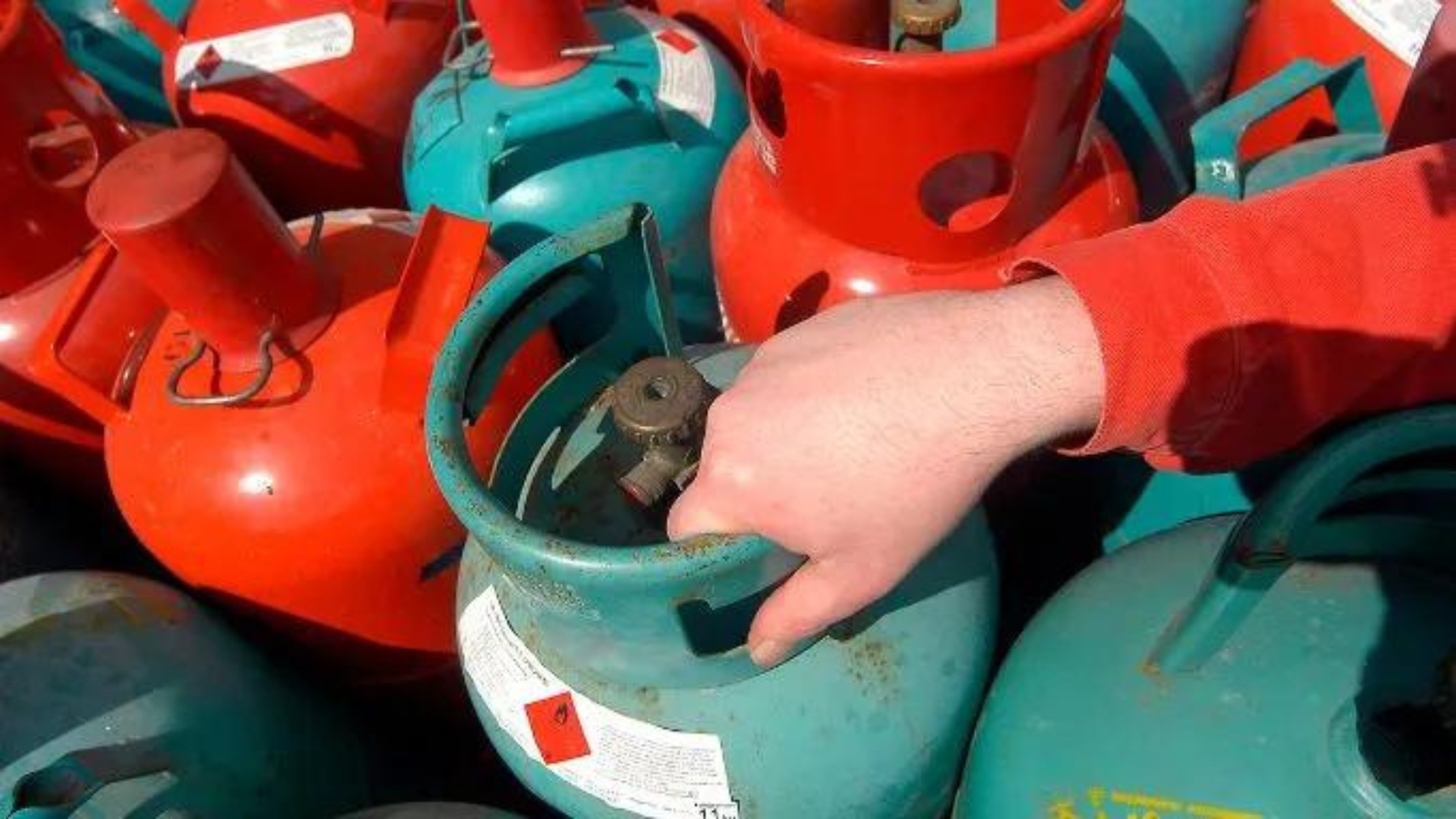
8. Accelerants
While you may feel rushed to get your fire pit going, it is better to take a calm, slow approach to light your fire. Give it a little time if your backyard fire isn’t taking off immediately. Accelerants like flammable liquids or gas turn your flame from warm, safe, and comforting to dangerous, unpredictable, and explosive all too fast.
9. Cardboard Boxes
This list option surprises many people! Cardboard boxes are not a safe fuel source. According to the USDA Forest Service, the ink printed on cardboard boxes releases chemical fumes into the air when burned. In addition, cardboard is highly flammable and often causes an unpredictable surge in your fire, creating an unpredictable and dangerous flame – especially if you have lots of people around the fire.
Stick on the safe side and recycle your cardboard, don’t burn it!
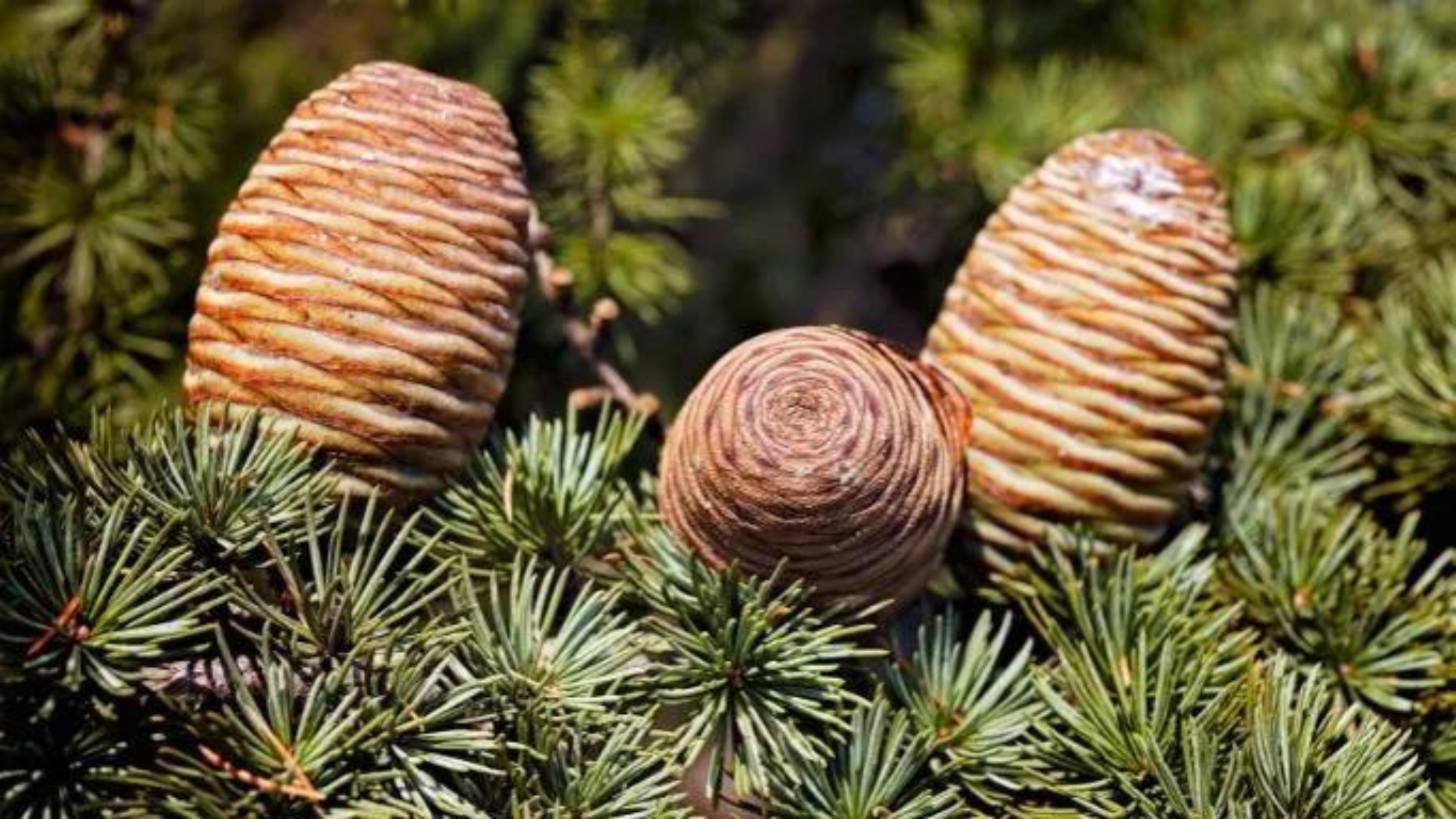
10. Soft Wood
While wood is the best fuel source, certain types are not ideal for burning in your fire pit. Trees are either softwood or hardwood, depending on their method of reproduction. Softwood trees reproduce by dropping cones and are evergreen. Softwood (think pine and spruce) usually creates dark, thick smoke. This is typically due to the higher levels of resin in softwood trees.
11. Garbage
Please, please, please don’t burn the following:
- Old paper
- Plastics
- Trash bags
- Rubber
- Aerosols or pressurized cylinders
- Batteries
All of these items release varying levels of toxins or pollutants into the air. In addition, they ruin your beautiful, smokey ambiance with unpleasant smells!
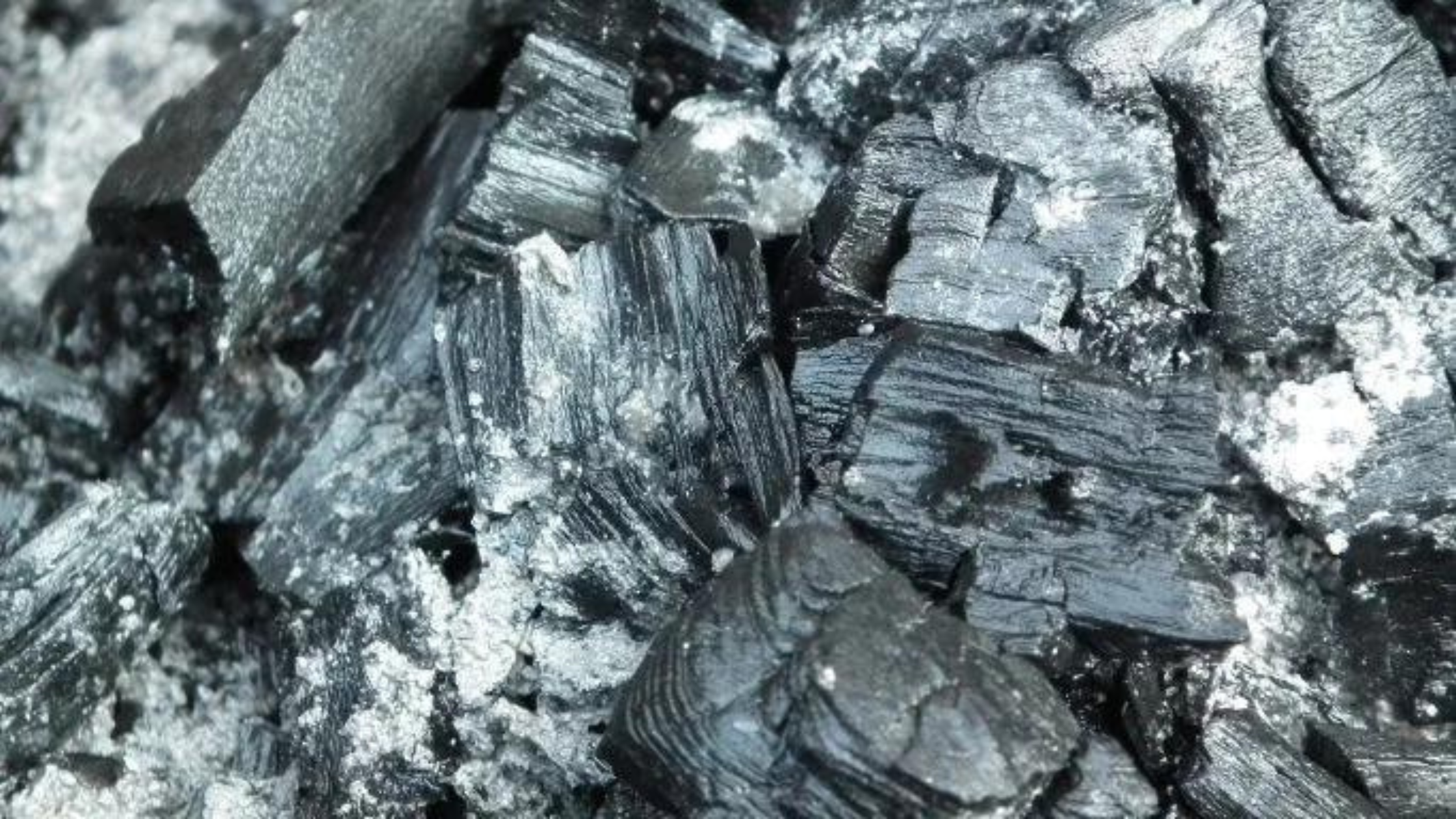
A Little Note On Ash
People often think of the immediate impact of burning things in your fire pit you shouldn’t – toxins in the air and chemicals that damage the environment and hurt your lungs. However, burning items you should not burn also impacts our environment long after the flame has gone out. Scientists from the Rocky Mountain Research Station fire chemistry unit in Missoula, MT, conducted a survey about smoke and ash samples. The University of Montana’s geology department analyzed the ash samples. Ash from a campfire that burns pure wood alone is essentially nontoxic, but when you add garbage to the fire, the ash retains these chemicals and toxins.
Final Thoughts
Keep your fuel as simple as possible regarding your fire pit. Focus on well-seasoned hardwood and charcoal. Knowing what not to burn and what to burn can make all the difference between a fun, comforting flame and a smelly, enjoyable night. Now you can avoid burning these 11 hazardous items in your backyard fire pit and burn safe this summer! If you need to update your fire pit for the summer, check out Fire Pit Art’s artisan fire pits today!
Follow Fire Pit Art on Facebook, Instagram, YouTube, and Pinterest!

